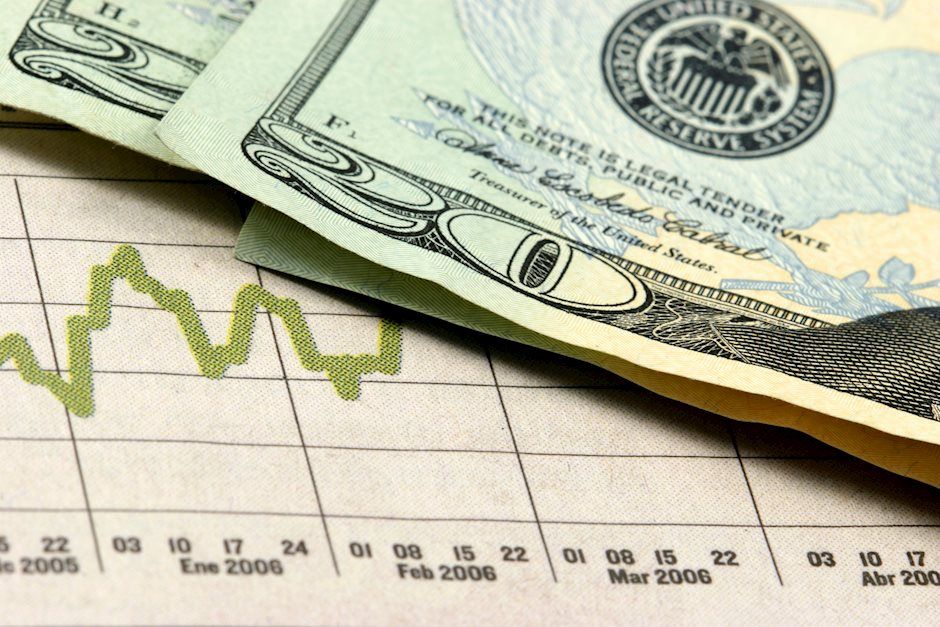US Dollar defends its ground as focus shifts to Fed decision
- The US Dollar extends its winning streak on Friday, with the DXY Index trading above 107.00 for the first time in more than two weeks.
- Signs of lingering inflation pressure in the US gives the USD traction.
- There weren’t any major economic data highlights in Friday’s session.

The US Dollar Index (DXY), which measures the value of the USD against a basket of currencies, trades neutral on Friday with some minor gains in the US trading session. The Greenback is under some pressure from profit-taking after steep rallies against many major G20 currencies earlier this week. This retracement follows the release of new Chinese economic data and additional details on the stimulus package that the Chinese government is rolling out.
In addition, the US Dollar seems to get some traction due to rising US Treasury yields, which seem to be offsetting the fact that markets are practically pricing in a cut in next week's Fed decision.
Daily digest market movers: Hot November PPI and Chinese stimulus drive market sentiment on quiet Friday
- November PPI ran hot, with a headline increase of 3.0% YoY, surpassing the expected 2.6%. The October figure was revised to 2.6% (previously 2.4%).
- Core PPI (excluding food and energy) surged by 3.4% YoY, exceeding analysts' forecast of 3.2% and revising October’s figure to 3.4% (previously 3.1%).
- PPI Services (excluding trade, transportation and warehousing) remained elevated at 4.6% YoY, suggesting sticky underlying inflation.
- Some analysts are downplaying the data due to a 56% jump in egg prices, but the core PPI still accelerated to the highest since February 2023, pointing to broad-based inflationary pressure.
- Despite the hot inflation data, markets have fully priced in a 25 bps Fed rate cut for next week, with many analysts forecasting a hawkish cut that sets up a pause in January.
DXY technical outlook: Indicators show resilience, but upside limited
The US Dollar Index continues to trade above the 107.00 level, maintaining its recovery from recent declines. On Friday, the DXY managed to stay above key levels despite mixed sentiment and speculation around the Fed's next move.
RSI and MACD indicators suggest that the DXY has regained some ground, but it may face resistance near the 107.00-107.50 range.
If the index breaks above this area, it could retest the 108.00 level, but momentum appears to be slowing down, potentially limiting further upside in the short term.
Fed FAQs
Monetary policy in the US is shaped by the Federal Reserve (Fed). The Fed has two mandates: to achieve price stability and foster full employment. Its primary tool to achieve these goals is by adjusting interest rates. When prices are rising too quickly and inflation is above the Fed’s 2% target, it raises interest rates, increasing borrowing costs throughout the economy. This results in a stronger US Dollar (USD) as it makes the US a more attractive place for international investors to park their money. When inflation falls below 2% or the Unemployment Rate is too high, the Fed may lower interest rates to encourage borrowing, which weighs on the Greenback.
The Federal Reserve (Fed) holds eight policy meetings a year, where the Federal Open Market Committee (FOMC) assesses economic conditions and makes monetary policy decisions. The FOMC is attended by twelve Fed officials – the seven members of the Board of Governors, the president of the Federal Reserve Bank of New York, and four of the remaining eleven regional Reserve Bank presidents, who serve one-year terms on a rotating basis.
In extreme situations, the Federal Reserve may resort to a policy named Quantitative Easing (QE). QE is the process by which the Fed substantially increases the flow of credit in a stuck financial system. It is a non-standard policy measure used during crises or when inflation is extremely low. It was the Fed’s weapon of choice during the Great Financial Crisis in 2008. It involves the Fed printing more Dollars and using them to buy high grade bonds from financial institutions. QE usually weakens the US Dollar.
Quantitative tightening (QT) is the reverse process of QE, whereby the Federal Reserve stops buying bonds from financial institutions and does not reinvest the principal from the bonds it holds maturing, to purchase new bonds. It is usually positive for the value of the US Dollar.
Author

Patricio Martín
FXStreet
Patricio is an economist from Argentina passionate about global finance and understanding the daily movements of the markets.

















